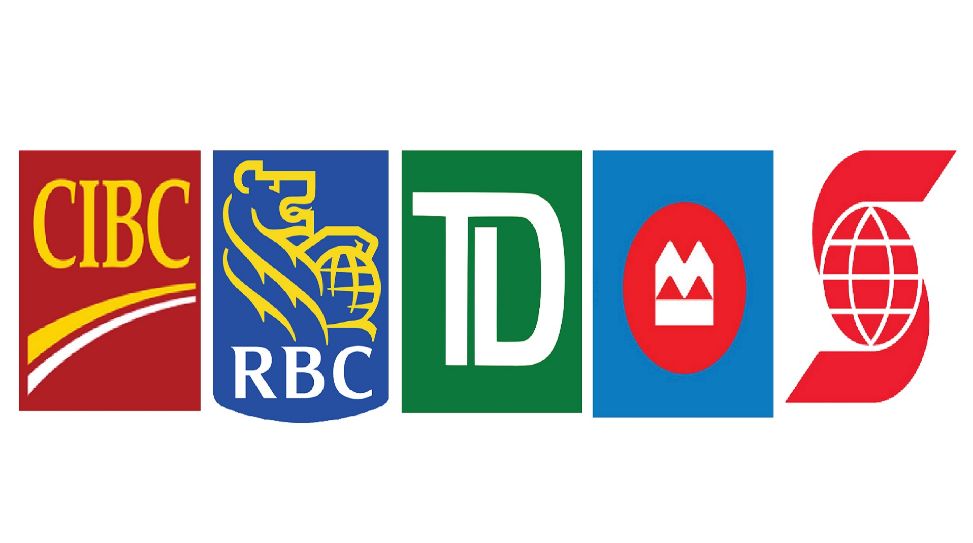OSFI moves up domestic buffer to 2% in growing household debt risk for big banks
OSFI, the federal banking regulator, is increasing the domestic stability buffer for the country’s systemically important banks to 2.00 per cent from 1.75 per cent.
The Office of the Superintendent of Financial Institutions said Tuesday that on balance the systemic vulnerabilities remain elevated while economic conditions continue to be accommodative.
OSFI noted that specific vulnerabilities covered by the buffer continue to include Canadian consumer debt, asset imbalances in the Canadian market and Canadian institutional debt.
Increases to the buffer require the large banks to increase the amount of capital they hold to protect against vulnerabilities.
“An effective capital regime ensures that banks are holding adequate capital to protect against risks to the financial system, while also encouraging them to use their buffers during times of stress to avoid asset-sales or drastic reductions in lending,” OSFI said in a statement.
The federal regulator reviews and sets the domestic stability buffer in June and December. The new buffer is effective as of Oct. 31, 2019.
The domestic systemically important banks are Bank of Montreal, Bank of Nova Scotia, Canadian Imperial Bank of Commerce, National Bank of Canada, Royal Bank of Canada, and Toronto-Dominion Bank.
OSFI’s announcement on Tuesday means that by Oct. 31, these six lenders will need to reach a minimum Common Equity Tier 1 ratio — a key measure of a bank’s financial health — of 10 per cent, up from 9.75 per cent currently.
Canada’s Big Six banks are already well above the minimum requirement with an average CET1 ratio of 11.5 per cent as of the second quarter, said Gabriel Dechaine, an analyst with National Bank of Canada Financial Markets. The banks’ CET1 ratios range between 11.1 per cent to 12 per cent, he added.
OSFI’s hike in capital requirements on Tuesday may be viewed as a negative, however, as it may push the banks to be more conservative when deploying capital, disappointing short-term investors, he said.
But in the context of a market that is “hyper-sensitive” about a potential recession, raising the capital bar is a “good thing,” Dechaine said in a note to clients.
Source: BNN Bloomberg
Thinking to sell your house or Condo in Central Toronto areas and/or in downtown Toronto areas? Please call, text or email Max Seal, Broker at 647-294-1177. Please visit http://www.TorontoHomesMax.com for a FREE Home Evaluation“.
Thinking to buy a House or Condo in Central Toronto areas and/or in Downtown Toronto areas? please call or text Max Seal, Broker at 647-294-1177 to buy your dream home or Condo. I offer you a 30-min “FREE buyer’s consultation” with NO obligation.
Please visit my website http://www.centraltorontorealestate.com/ to find out available homes and Condos for sale in Central Toronto areas and/or in downtown Toronto areas.
This Toronto housing market may be a better time for “Move-up”, “Move-down” or “Empty-nester” Sellers and Buyers. Want a “Market Update” of your home in 2019? Please click the image below or call or text Max Seal, Broker at 647-294-1177 or send an email.


Leave a Reply